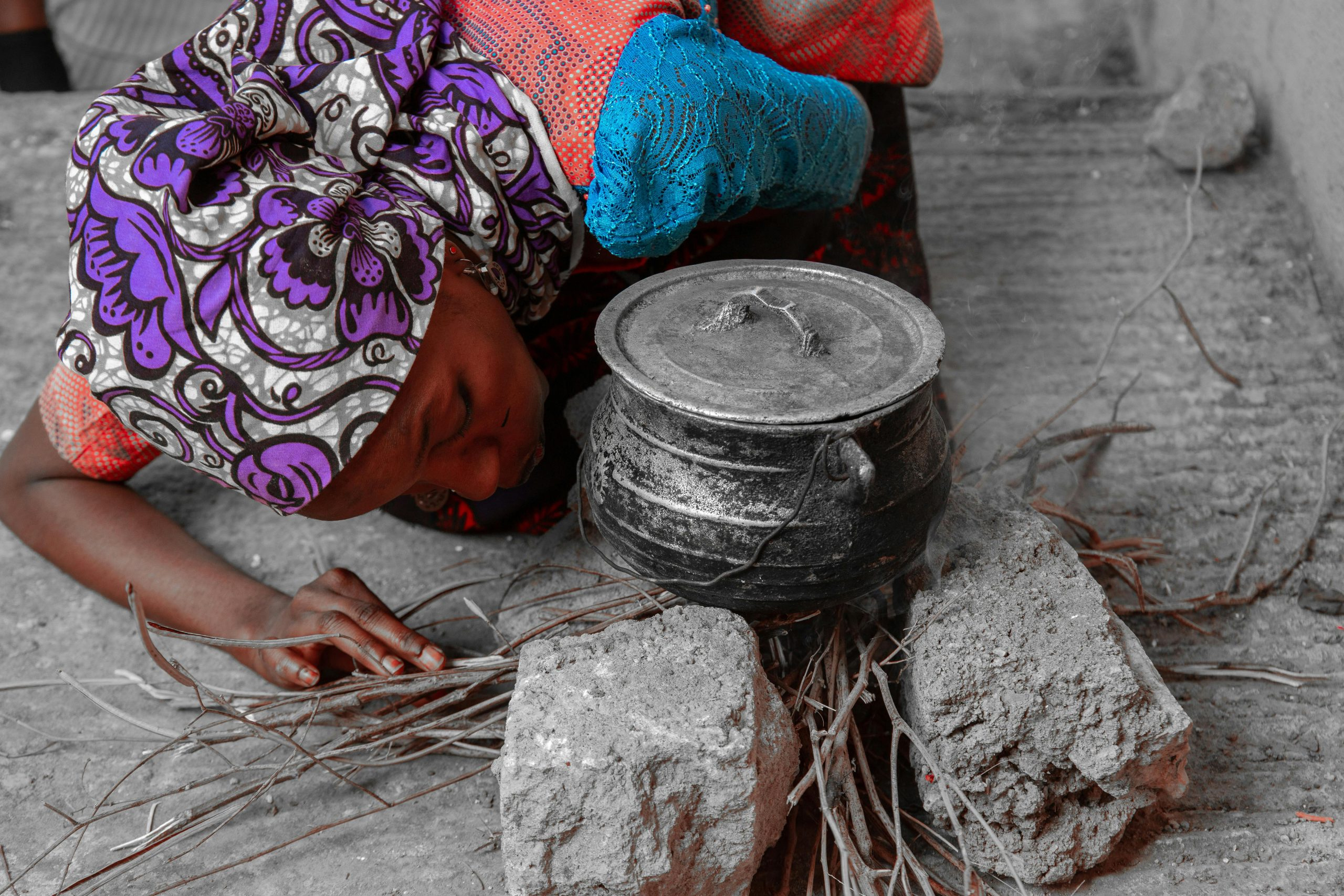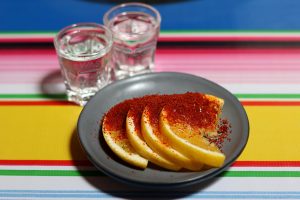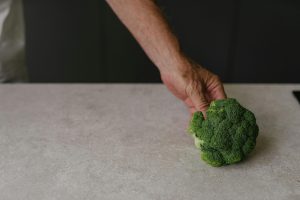Cooking in Cast Iron: Myths and Must-Knows
When it comes to cooking, there’s no doubt that cast iron is all the rage right now. From Instagram influencers to professional chefs, everyone seems to be embracing this timeless cookware for its versatility and unbeatable heat retention. But as with anything popular, there are bound to be myths and misconceptions surrounding cast iron cooking. In this article, we will debunk these myths and provide you with the must-knows for cooking in cast iron.
The Myth of Non-Stick
One of the most common myths about cast iron is that it is non-stick. While it is true that a well-seasoned cast iron pan can have some non-stick properties, it is not comparable to a Teflon-coated pan. Cast iron’s non-stick abilities come from its seasoning, which is essentially a layer of oil that has been heated and bonded to the pan’s surface. This seasoning needs to be continually maintained and can easily be scraped off by metal utensils or abrasive cleaners.
The Importance of Seasoning
As mentioned before, seasoning is crucial for cast iron cooking. It not only provides a non-stick surface but also prevents rusting and adds a unique flavor to your food. Proper seasoning takes time and patience, but it’s worth the effort. To season your cast iron pan, coat it with a thin layer of oil and bake it in the oven for an hour. Repeat this process several times until your pan has a smooth, black, and shiny surface.
Temperature Matters
One of the main advantages of cast iron is its ability to withstand high heat, making it perfect for searing and frying. However, heating your cast iron pan slowly is essential as rapid and extreme temperature changes can cause it to crack. Always start with low to medium heat and allow your pan to preheat before adding your food. This will not only prevent damage to your pan but also ensure even cooking.
Don’t Be Afraid to Use Soap
Another myth surrounding cast iron is that you should never use soap to clean it. This misconception stems from the idea that soap will ruin the seasoning. However, as long as your pan is well-seasoned, a little bit of soap will not strip it away. In fact, using soap can help remove stubborn bits of food and ensure that your pan is clean and ready for use.
Proper Storage and Maintenance
To prolong the life of your cast iron cookware, it’s important to store and maintain it correctly. After cooking, make sure to dry your pan thoroughly before storing it to prevent rusting. If you notice any rust, don’t worry! It can easily be removed with some gentle scrubbing and re-seasoning. Another important aspect of maintenance is using the right tools. Avoid metal utensils and abrasive cleaners, as they can damage the seasoning and the pan’s surface.
The Versatility of Cast Iron
Last but not least, it’s essential to know that cast iron is not just for stovetop cooking. These sturdy pans can also be used in the oven and on a grill, making them a versatile addition to your kitchen. From frying and searing to baking and roasting, cast iron can handle it all. Plus, it’s a great choice for camping and outdoor cooking.
In Conclusion
In conclusion, cast iron cooking is not as complicated as some may think. By understanding and debunking these common myths, you can confidently use your cast iron cookware to whip up delicious meals. Just remember to properly season, use the right temperature, and care for your pan, and you’ll be well on your way to mastering the art of cooking in cast iron.










